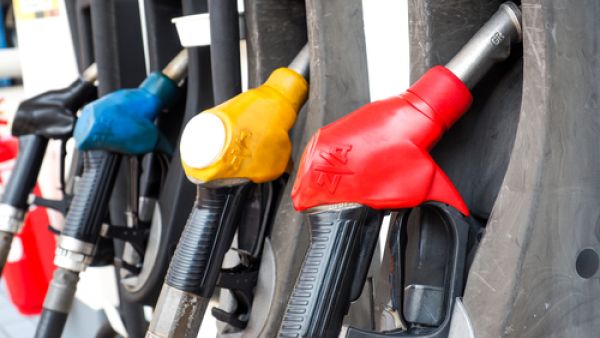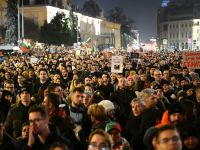The production of normal grade petrol (M90) by Omani refineries has seen a significant jump — 127 per cent — since the government revised fuel prices in January.
Economic experts attributed the surge in output to markedly increased demand for normal grade petrol (M90).
In contrast, official figures indicated that the production of super grade petrol (M95) has significantly declined, local media reported.
The number of the petrol stations has also increased, reaching 550 by the end of March, compared to 541 at the end of last year. The increase in petrol stations is seen keeping pace with the increasing number of vehicles, which are estimated to have crossed 1.3 million nationwide.
Meanwhile, oil marketing companies have affirmed that sales in the first quarter of 2016 have risen substantially due to the higher fuel prices. They added that many consumers are opting to fill up on M90 instead of super grade petrol (M95) given the price differential.
For May, the price of super grade petrol (M95) has been set at 0.161 riyals per litre, and that of regular petrol (M90) at 0.149 riyals per litre, while diesel will cost 0.166 riyals, according to the Ministry of Oil and Gas. The prices are reviewed every month.
Local media recently reported that the regular fuel (M90) would be upgraded to M91 to make it suitable for the largest number of vehicles.
Subsidies on petroleum products, including petrol and diesel, are estimated to have cost Oman 900 million riyals (Dh8.56 billion) last year, compared to 840 million riyals in 2014. The new budget projects 3.3 billion Omani riyals (Dh31.47 billion) in deficit spending for 2016, which the government says it will try to reduce by improving the non-oil revenues and cutting expenditure. Oman posted a budget deficit of 4.5 billion riyals in 2015, as revenues declined by more than 50 per cent.
By Fahad Al Mukrashi








